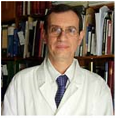- Submissions

Full Text
Advances in Complementary & Alternative medicine
Integrating Complementary and Alternative Medicine (CAM) into US Undergraduate Medical Curricula
Priya Weerasinghe*
Department of Pathology and Laboratory Medicine, The University of Texas Health Science Center at Houston (UTHealth), USA
*Corresponding author:Priya Weerasinghe, Department of Pathology and Laboratory Medicine, McGovern Medical School, The University of Texas Health Science Center at Houston (UTHealth Houston), USA
Submission: January 23, 2025;Published: February 03, 2025

ISSN: 2637-7802 Volume 8 Issue 3
Abstract
More and more Americans are using CAM (Complementary and Alternative Medicine) practices including natural products obtained over the counter (OTC) to treat illnesses. This invariably creates challenges for the allopathic physicians who treat patients who had previously taken natural products or are currently taking them. This situation necessitates conventional medicine doctors to educate themselves of at least the commonly used natural products, their uses, side effects and more importantly, drug interactions natural products might have with conventional medicines, as this could alter the treatment efficacy and outcome. These realities should be reflected in the undergraduate medical education within the curriculum or without. The University of Texas McGovern Medical school in Houston Texas has adopted a combination of electives, workshops and special projects to address this issue.
Keywords:Complementary and alternative medicine; Undergraduate medical education; Ayurveda; Natural/Herbal products; Supplements; Allopathic medicine
Abbreviations:CAM: Complementary and Alternative Medicine; OTC: over the counter
Introduction
It is estimated that approximately 38 percent of adults in the United States aged 18 years and over and nearly 12 percent of U.S. children aged 17 and under use some form of CAM [1,2]. This in large part includes natural products obtained over the counter (OTC). This invariably requires for allopathic physicians who treat patients who had previously taken natural products or are currently taking them to be knowledgeable on their uses, side effects and more importantly, drug interactions natural products might have with conventional medicines, as this could alter the treatment efficacy and outcome [3]. Due to the widespread use of natural products, it is highly likely that a patient might have taken OTC products for their illness prior to visiting their primary care physician.
OTC natural medicinal products does interact with conventional drugs prescribed by the physician leading to drug interactions effecting treatment outcomes. Therefore, integrating CAM into undergraduate education is vital for many reasons [4]. At UT Health McGovern Medical School in Houston Texas, steps have been taken to integrate CAM into the preclerkship curriculum “doctoring 3” in the Musculoskeletal and Dermatology module since 2017. We also offer electives, workshops and special projects for fourth year medical students on usage of CAM in different specialties.
Importance of integrating CAM to the medical school undergraduate program
A. The medical community will have to accept that patient intake of OTC products is
largely unregulated, making it imperative to create an awareness of this reality among
students and help them prepare to face this situation in their future practice. Thus, having
a CAM program that teaches, at minimum, their uses, side effects, and potential drug
interactions is imperative [5].
B. As aforementioned, the demand for CAM is rising
among patients in the US [1,2]. Many individuals seek holistic
approaches to health, often combining CAM with allopathic
medicine [5,6]. Educating undergraduates about CAM might
provide them with a broader perspective on patient care,
equipping future healthcare professionals with the knowledge
to discuss and incorporate these options responsibly [7,8]. It
is also recommended that physicians inquire about herbal
or supplement use when taking patient histories. Herbal and
supplemental history should be a part of patient history.
C. Understanding CAM helps to develop cultural competence.
Many CAM practices are rooted in diverse cultural traditions,
and exposure to these methods helps students appreciate the
intersection of culture and healthcare, enhancing their ability
to serve multicultural populations effectively. For example,
most US cities are cosmopolitan, therefore it might be useful
if physicians who practice in those cities be versed in at least
the commonly practiced CAM modalities, their side effects and
drug-herb or drug-supplement interactions [8].
D. Introducing CAM in undergraduate programs encourages
critical thinking and research literacy. Students learn to
evaluate the efficacy and safety of various CAM modalities
through evidence-based approaches, distinguishing between
scientifically supported practices and those lacking empirical
validation [9,10]. These practices come handy when these
students go out to the community. Not only will they serve the
community better with empathy and understanding their dayto-
day needs but also with additional evidence-based support
to patient care [11-15]. Research in CAM also poses unique
ethical challenges, including the need for culturally sensitive
methodologies and the inclusion of marginalized populations.
The undergraduate curriculum should introduce these
concepts, encouraging students to pursue responsible and
ethical research practices if they choose to study CAM further.
E. Undergraduate education in CAM promotes
interdisciplinary collaboration and professionalism. By
learning about CAM in conjunction with conventional medicine,
students gain an appreciation for integrative healthcare
models, fostering collaboration between CAM practitioners and
conventional healthcare providers [16]. Unlike other health
care systems around the world such as in China, India, Sri lanka
or Japan, US lack in having an integrated allopathic medical
system side by side with other traditional health care systems.
This interdisciplinary collaboration will give patients necessary
support for example in relieving pain with acupuncture,
massage therapy, cold and warm therapy. Additionally,
professionalism in CAM includes the ability to work effectively
within interdisciplinary healthcare teams [16]. Students should
learn how to bridge communication between CAM practitioners
and conventional healthcare providers, respecting differing
perspectives while advocating for integrative approaches that
benefit the patient.
F. Including CAM in the curriculum aligns with the trend
toward preventive and wellness-focused healthcare. Many CAM
practices emphasize lifestyle changes, stress management,
and preventive care, which are increasingly recognized as
essential components of modern healthcare. This education is
valuable not only in terms of patient care but also for medical
students/professionals’ wellness and mindfulness. Students
learn about meditation, yoga, tai-chi and other practices such
as pranayama breathing technics during their pre-clerkships
and clerkship years. Incorporating CAM into undergraduate
programs can take various forms, such as standalone courses,
modules within health science programs, or interdisciplinary
seminars. This approach not only enriches students’ education
but also prepares them to meet the evolving needs of patients
and the healthcare system. Understanding ethics and
professionalism within the context of CAM is also crucial in the
U.S. undergraduate curriculum. As CAM continues to integrate
into mainstream healthcare, educating students about ethical
considerations and professional standards is essential to
ensure patient safety, informed decision-making, and respect
for diverse healthcare practices (16). This focus benefits not
only future healthcare providers but also students in broader
fields who will encounter CAM in professional or personal
contexts [17].
Additional considerations in implementing a CAM program
Additional educational objectives that can be attained through
CAM curriculum.
A. Respect for patient autonomy and cultural sensitivity. CAM
often intersects with cultural and spiritual beliefs of patients.
Educating students about the ethical principle of respecting
patient autonomy and fostering an appreciation for individual
healthcare choices, even when they differ from conventional
practices. Understanding the cultural and historical origins
of CAM enhances students’ ability to interact respectfully and
meaningfully with patients who use these modalities.
B. Evidence-based practice and informed consent. The
undergraduate curriculum should emphasize the importance
of evaluating CAM practices based on scientific evidence and
ensuring informed consent. Students must learn to critically
assess the safety, efficacy, and potential risks of CAM treatments,
and to communicate this information transparently to patients
and if necessary to their families. This education prepares
future professionals to guide patients in making well-informed
healthcare decisions without bias or misinformation.
C. Professional boundaries and ethical practice. The
integration of CAM requires adherence to professional
boundaries to maintain trust and integrity in healthcare
relationships. Undergraduate courses should address
scenarios where ethical dilemmas may arise, such as dual
relationships between CAM practitioners and clients or
claims of cures unsupported by evidence. Ethical training also
includes recognizing the limits of one’s expertise and making
appropriate referrals when necessary.
D. Avoiding exploitation and ensuring equity. CAM practices
can sometimes be expensive or marketed in ways that exploit
vulnerable populations. Understanding these ethical pitfalls is
critical. Students should learn to identify unethical practices,
such as overpromising results or prioritizing profit over
patient well-being. Additionally, they should explore issues
of accessibility and equity in CAM, ensuring that all patients
can access safe and effective care regardless of socioeconomic
status.
Conclusion
Integrating CAM into western medical education is crucial due to rising patient demand for holistic treatments, the need for cultural competence, and the importance of evidence-based practice. By learning about CAM, future physicians gain insights into a wider range of patient-centered care strategies and become better equipped to navigate collaborative, interprofessional environments. This exposure also reduces bias, enhances patient satisfaction, and fosters respect for diverse cultural practices. Finally, integrating CAM encourages ongoing research and innovation, expanding the body of scientific knowledge and potential therapeutic options. This not only prepares them for roles in healthcare, but also fosters informed, compassionate, and responsible attitudes toward an increasingly diverse and integrative medical landscape in US and around the world.
References
- (2008) National Center for Complementary and Alternative Medicine (NCCAM) the use of complementary and alternative medicine in the United States Bethesda, National Institutes of Health, Maryland, USA.
- Barnes PM, Bloom B, Nahin RL (2008) Complementary and alternative medicine use among adults and children: United States, 2007. Natl Health Statistics Rep (12): 1-23.
- Boyer E (2005) Issues in the management of dietary supplement use among hospitalized patients. Int J Med Toxicol 1(1): 30-34.
- Vohra S, Feldman K, Johnston B, Waters K, Boon H (2005) Integrating complementary and alternative medicine into academic medical centers: Experience and perceptions of nine leading centers in North America. BMC Health Serv Res 5: 78.
- Kantor M (2009) The role of rigorous scientific evaluation in the use and practice of complementary and alternative medicine. J Am Coll Radiol 6(4): 254-262.
- Cohen KR, Cerone P, Ruggiero R (2002) Complementary/alternative medicine use: Responsibilities and implications for pharmacy services. Pharmacy and Therapeutics 27(9): 440-446.
- Ventola CL (2010) Current issues regarding Complementary and Alternative Medicine (CAM) in the United States: Part 3: policies and practices regarding dietary supplements in health care facilities. Pharmacy and Therapeutics 35(10): 570-576.
- (2009) Demand fuels alternative medicine classes. CBS News, New York, USA.
- Aggarwal BB, Ichikawa H, Garodia P, Weerasinghe P, Sethi G, et al. (2006) From traditional ayurvedic medicine to modern medicine: Identification of therapeutic targets for suppression of inflammation and cancer. Expert Opin Ther Targets 10(1): 87-118.
- Roberts N, Brown RE, Buja LM, Weerasinghe P (2020) Molecular mechanisms of curcumin in COVID-19 treatment and prevention: A global health perspective. Medical Research Archives 8(10): 1-22.
- Rogers JT, Brown RE, Buryanek JJ, Weerasinghe P (2017) Morphoproteomic-guided treatment of chemotherapy resistant colon cancer using natural based therapeutics: A case study. Annals of Clinical and Laboratory Science 47(2): 217-220.
- Caldwell RL, Weerasinghe P (2024) Synergizing nature and medicine: The anti-inflammatory and analgesic potential of essential oils in adjunctive rheumatoid arthritis treatment. Advances in Complementary and Alternative Medicine Journal 8(2): 837-848.
- Vu CL, Weerasinghe P (2024) Molecular targets of ashwagandha (Withania somnifera), Korean ginseng (Panax ginseng), Brahmi (Bacopa monneri) and Gotu Kola (Centella asiatica) in the treatment of Autism Spectrum Disorder (ASD): A global health perspective. Advances in Complementary and Alternative Medicine 8(3): 852- 867.
- Martins IJ (2016) Anti-aging genes improve appetite regulation and reverse cell senescence and apoptosis in global populations. Advances in Aging Research 5(1): 9-26.
- Martins IJ (2017) Nutrition therapy regulates caffeine metabolism with relevance to NAFLD and induction of type 3 diabetes. J Diabetes Metab Disord 4(19): 1-9.
- Arye EB, Frenkel M, Klein A, Scharf M (2008) Attitudes toward integration of complementary and alternative medicine in primary care: Perspectives of patients, physicians and complementary practitioners. Patient Educ Counseling 70(3): 395-402.
- Berz JPB, Barnett KAG, Gardiner P, Saper RB (2015) Integrative medicine in a preventive medicine residency: A program for the urban underserved. Am J Prev Med 49(5 Suppl 3): S290-S295.
© 2025 Priya Weerasinghe. This is an open access article distributed under the terms of the Creative Commons Attribution License , which permits unrestricted use, distribution, and build upon your work non-commercially.
 a Creative Commons Attribution 4.0 International License. Based on a work at www.crimsonpublishers.com.
Best viewed in
a Creative Commons Attribution 4.0 International License. Based on a work at www.crimsonpublishers.com.
Best viewed in 




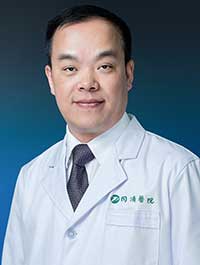

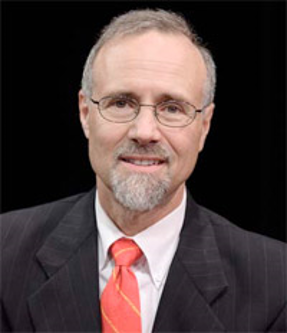
.jpg)
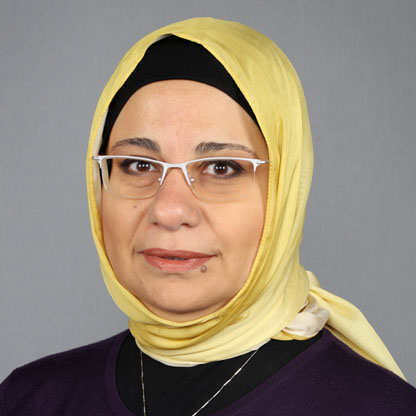
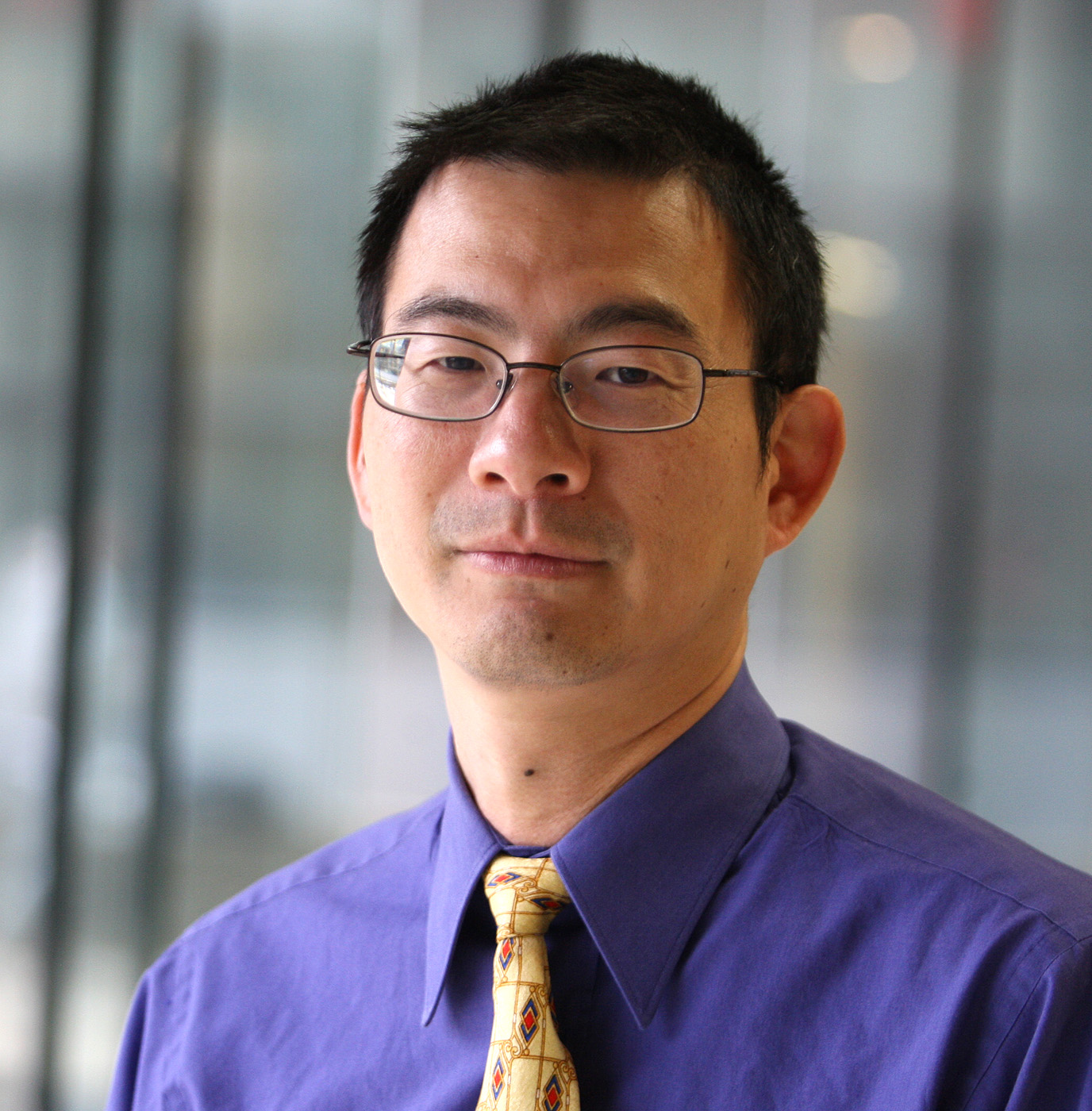
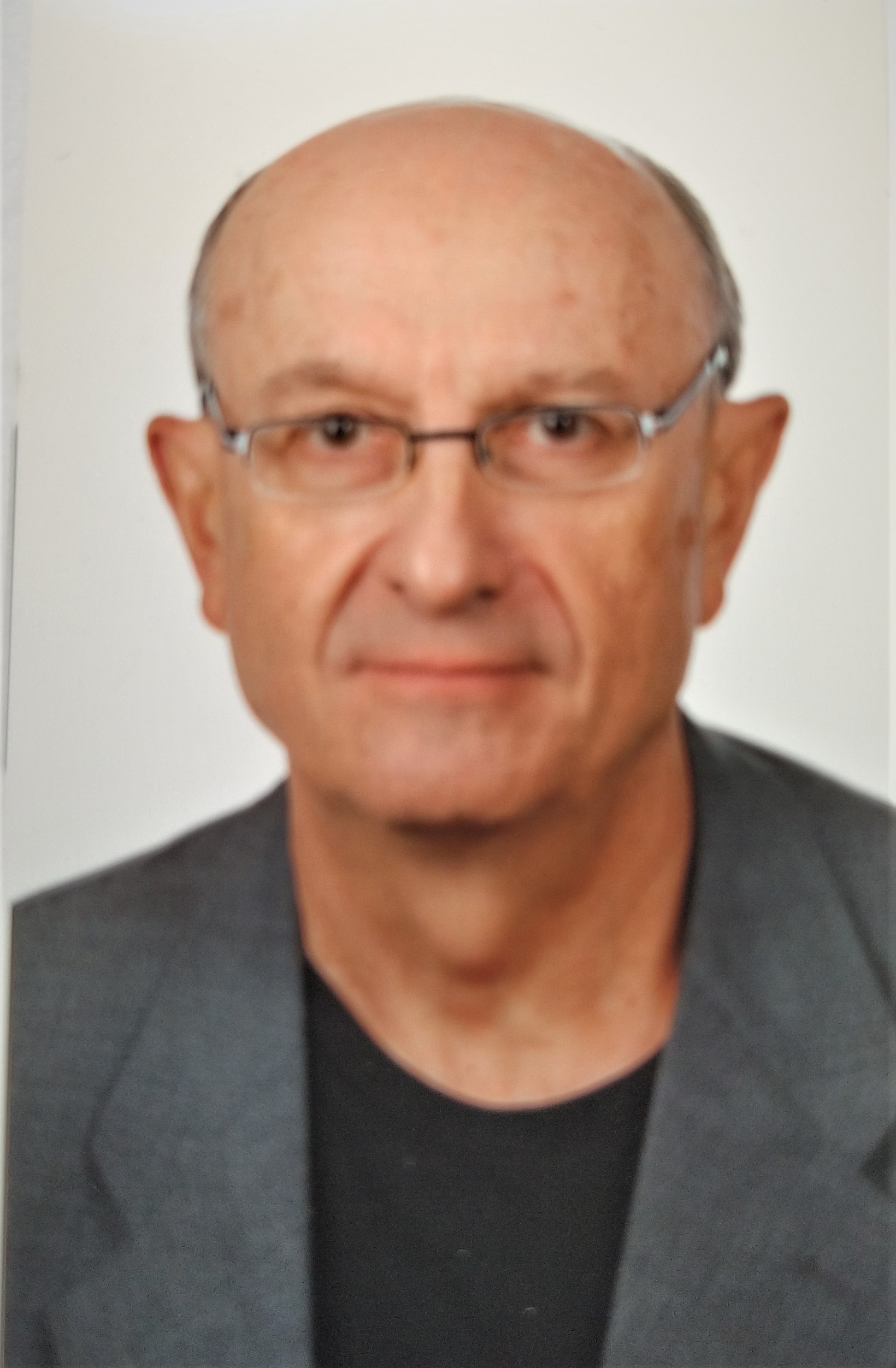
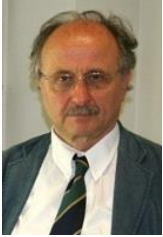


























 Editorial Board Registrations
Editorial Board Registrations Submit your Article
Submit your Article Refer a Friend
Refer a Friend Advertise With Us
Advertise With Us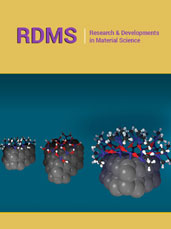
.jpg)




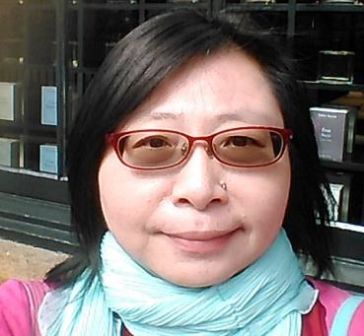
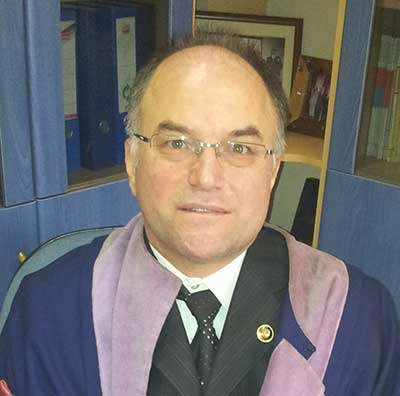
.jpg)




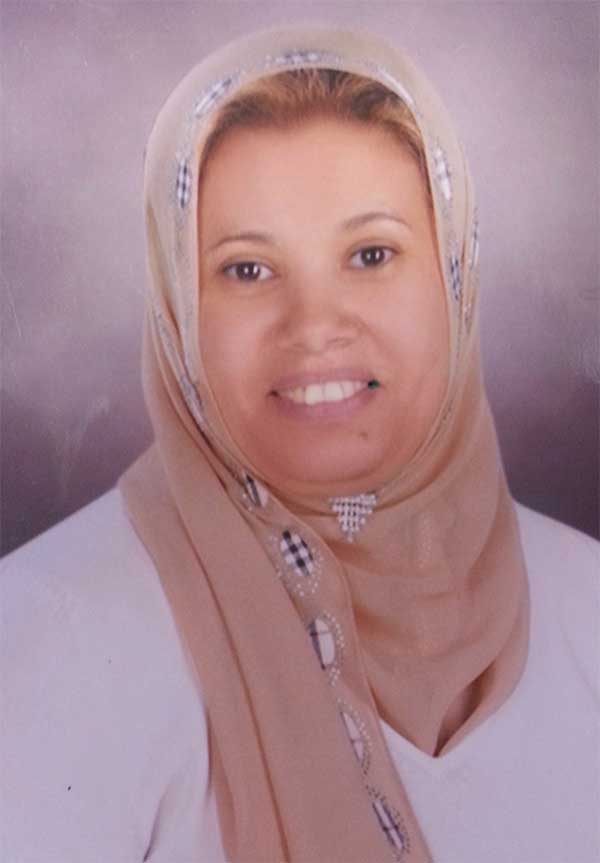



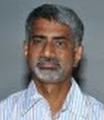
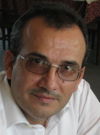

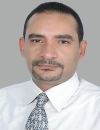


.bmp)
.jpg)
.png)
.jpg)
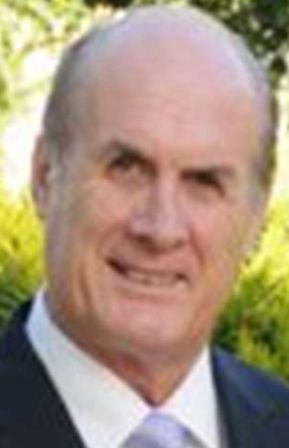






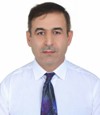


.jpg)




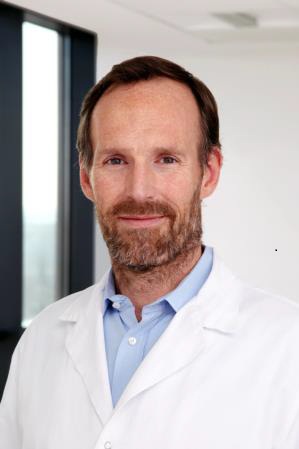

.png)

.png)



.png)


